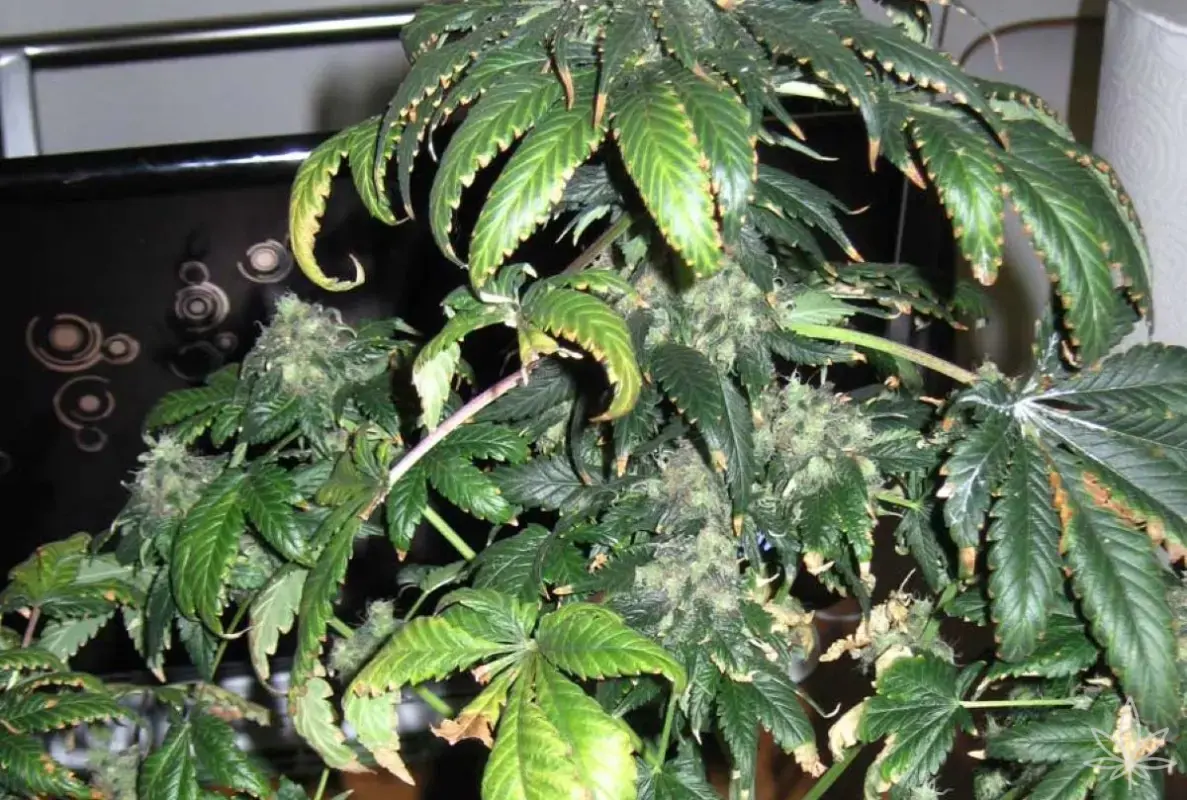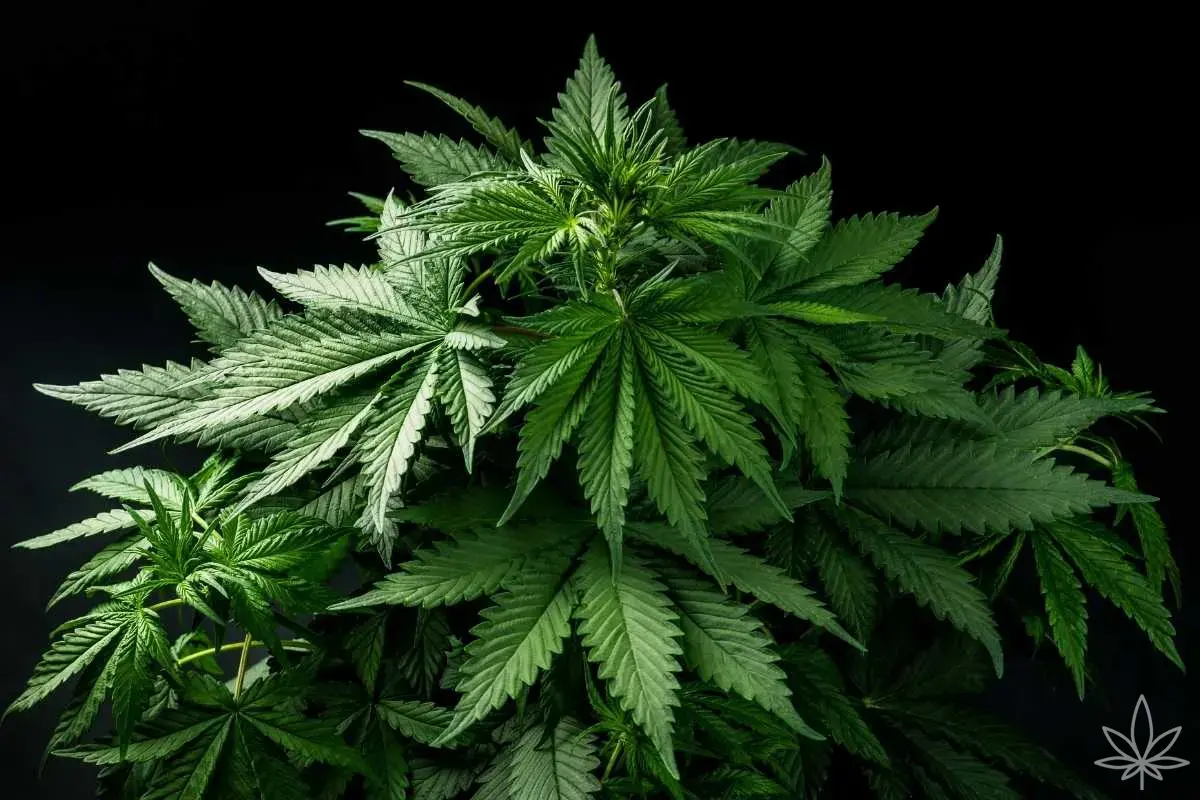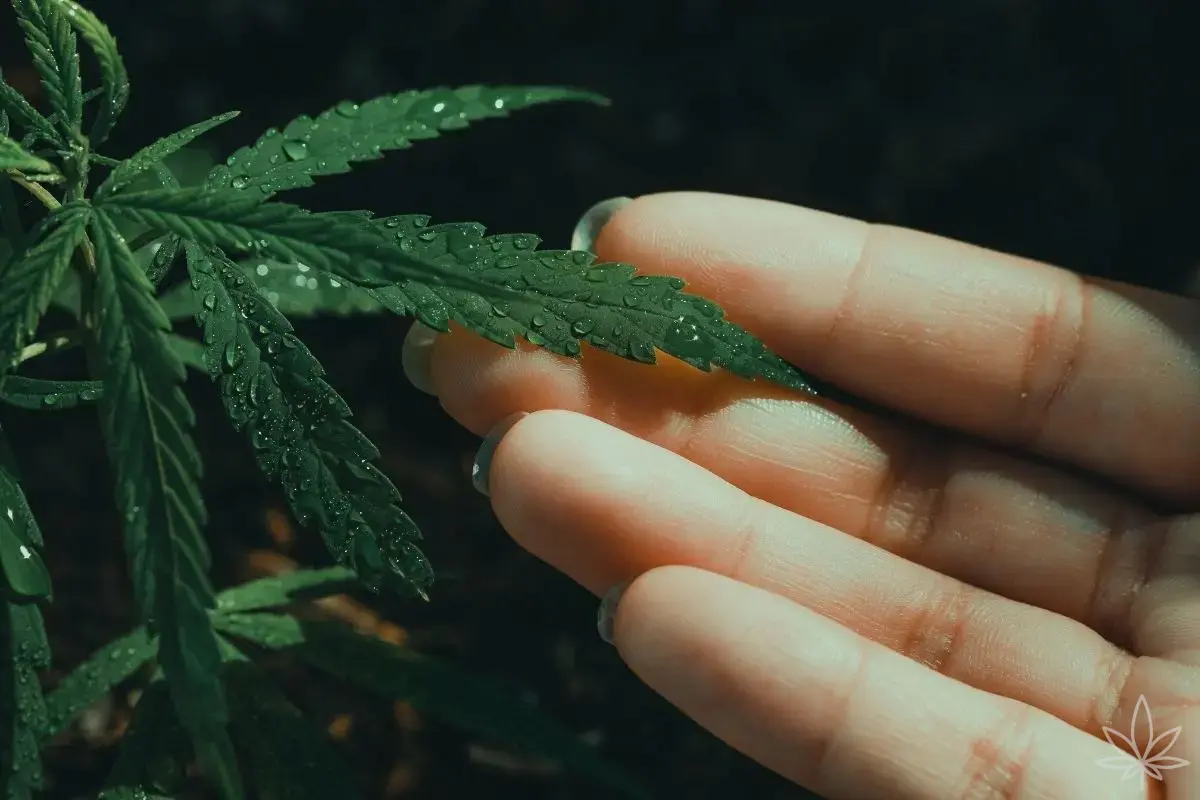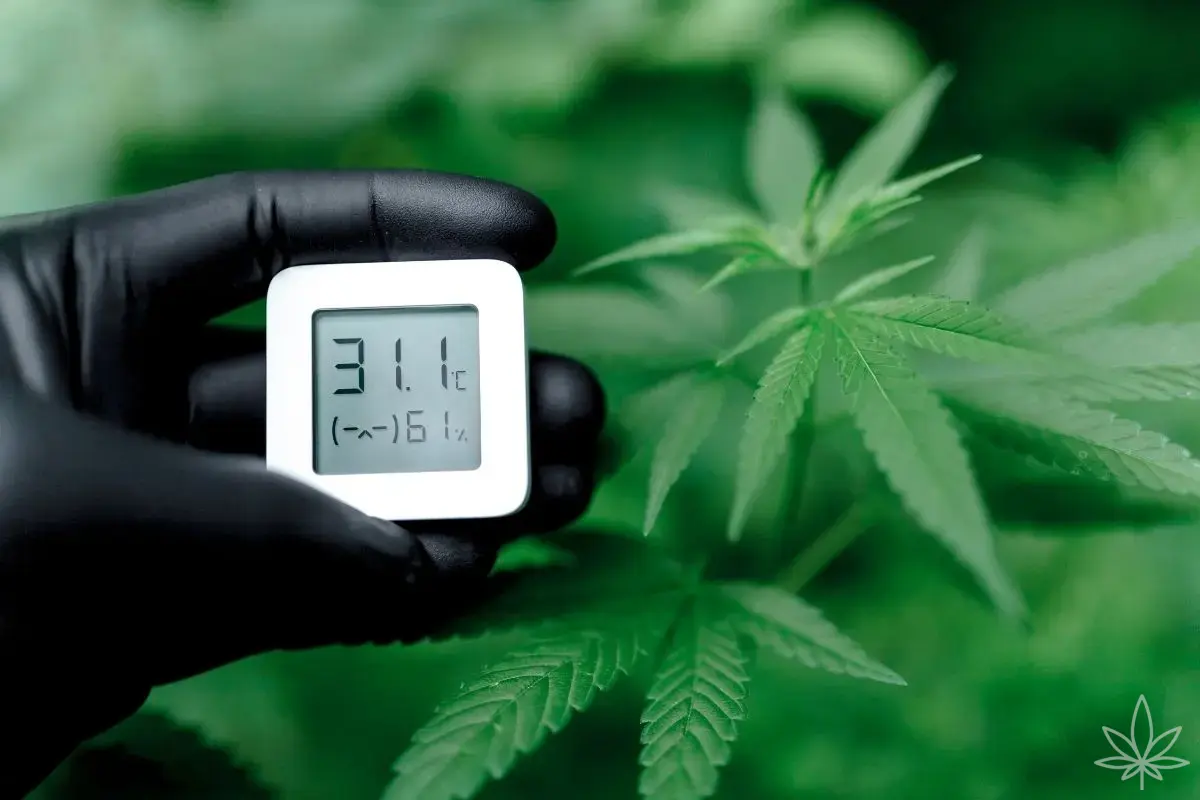Growing cannabis, whether in a home grow tent or in the garden under the open sky, is not just about providing the right light, water, and nutrients. It is also a constant battle against a long list of diseases, pests, and environmental hazards. In Europe, with its diverse climates, the list of potential threats is particularly long. In this guide, we take a detailed look at the most common problems cannabis plants face and the best ways to prevent and combat them.
1. Cannabis diseases – from mold to viruses
Cannabis diseases can have fungal, bacterial, or viral origins. Fungal infections are the most common, especially in humid conditions.
1.1. Gray mold (Botrytis cinerea)
One of the biggest enemies of both outdoor and indoor growers. It manifests as browning and rotting of buds, covered with a grayish coating. It usually strikes during flowering, especially in dense, poorly ventilated conditions.
Prevention:
- Good ventilation in indoor grows.
- Outdoors – thinning plants to allow airflow.
- Avoid wetting the buds during watering.
1.2. Powdery mildew
A white, powdery coating on leaves is a sign that powdery mildew has found its way in. In its early stage, it may look harmless but spreads quickly.
Prevention & treatment:
- Maintain moderate humidity (40–50% indoors).
- Spray with baking soda solution or sulfur-based products.
1.3. Fusarium and root rot
Fungi from the Fusarium genus attack the root system, causing wilting and plant death. Indoors, it is usually caused by overwatering and poor drainage.
Prevention:
- Well-draining substrate.
- Careful watering – less is better than too much.
1.4. Viral diseases
The cannabis mosaic virus and cucumber yellow mosaic virus can cause leaf deformities and stunted growth. There is no cure – infected plants must be removed.
2. Pests – from microscopic to larger threats
2.1. Spider mites
Tiny arachnids that suck sap from leaves, leaving pale specks. High temperatures and low humidity are ideal for them.
Control:
- Neem oil sprays.
- Introducing predatory mites (Phytoseiulus persimilis).
2.2. Aphids
Colonies form on the underside of leaves and stems. They secrete honeydew, which encourages sooty mold growth.
Control:
- Wash plants with potassium soap solution.
- Natural predators – ladybugs and lacewings.
2.3. Whiteflies
Small, white flying insects that cause yellowing and wilting of leaves.
2.4. Caterpillars
Common outdoors – they chew holes in leaves and can destroy buds from the inside.
3. Animals as a threat
In outdoor grows, cannabis may fall prey to larger creatures:
- Deer – nibble tops and young shoots.
- Rabbits – especially fond of seedlings.
- Birds – can peck seeds or young leaves.
Protection:
- Fencing or netting around plants.
- Natural scent repellents outdoors.
4. Environmental factors and climate zones of Europe
4.1. Atlantic zone (e.g., France, northern Spain, western UK)
Mild climate, high humidity – favors mold and powdery mildew, fewer drought problems.
4.2. Continental zone (Poland, Germany, Czechia)
Hot summers, cold winters. Summer – risk of drought and spider mites; autumn – humidity and mold.
4.3. Mediterranean zone (southern Spain, Italy, Greece)
Heat and drought – issues with spider mites, springtails, and aphids; lower risk of mold.
4.4. Mountain zone (Alps, Pyrenees, Carpathians)
Cool nights and risk of frost even in summer; fewer insect problems, greater risk of slow growth.
5. Prevention – the best weapon
- Grow hygiene – regular cleaning of tools and surfaces.
- Climate control – humidity, temperature, air circulation.
- Constant observation – early detection makes control easier.
- Rotation of control products – to avoid pest and pathogen resistance.
| Threat | Type | Symptoms | Favorable Conditions | Prevention | Control Methods |
|---|---|---|---|---|---|
| Gray mold (Botrytis cinerea) | Fungal disease | Browning and rotting buds, gray coating | High humidity, poor ventilation | Thinning plants, ventilation, avoid wetting buds | Remove affected parts, biological fungicides |
| Powdery mildew | Fungal disease | White powdery coating on leaves | Humidity above 60%, poor airflow | Keep RH 40–50%, good ventilation | Baking soda spray, sulfur, neem oil |
| Fusarium / Root rot | Fungal disease | Wilting despite moist soil, brown roots | Overwatering, poor drainage | Well-draining substrate, careful watering | Remove plants, disinfect substrate |
| Cannabis mosaic virus | Viral disease | Leaf deformities, mosaic pattern | Infected seeds, aphid vectors | Certified seed material | No cure – remove plants |
| Spider mites | Pest (mites) | Pale specks on leaves, webbing | High temp, low humidity | Maintain 50–60% humidity, monitoring | Neem oil, predatory mites (Phytoseiulus persimilis) |
| Aphids | Pest (insects) | Colonies on leaf undersides, honeydew | Moderate temps, weakened plants | Remove weeds, monitoring | Potassium soap, ladybugs, lacewings |
| Whiteflies | Pest (insects) | Small white insects, yellowing leaves | Warm, humid | Mesh screens, traps | Potassium soap, yellow sticky traps |
| Caterpillars | Pest (larvae) | Holes in leaves, damaged buds | Outdoor, late summer | Mesh netting, night checks | Biological control (Bacillus thuringiensis) |
| Deer | Animals | Grazing of tops and shoots | Outdoor near forests | Fencing, scent repellents | Protective mesh |
| Rabbits | Animals | Eating young seedlings | Fields, meadows | Fencing, deterrents | Protective barriers |
| Birds | Animals | Pecking seeds, young leaves | Early growth stage | Netting over beds | Scarecrows, reflective tape |
| Drought | Climate factor | Wilting leaves, stunted growth | Summer, Mediterranean | Mulching, shading | Drip irrigation |
| Excess humidity | Climate factor | Mold, rot | Atlantic climate | Ventilation, plant spacing | Preventive sprays, dehumidifiers |
| Frosts | Climate factor | Tissue damage, blackened leaves | Mountain zone, spring/autumn | Later sowing, covers | Move plants under shelter, frost cloth |
6. Summary
Healthy cannabis cultivation comes from balancing plant needs with effective protection from what can harm it. In Europe, the threat spectrum is broad – from mold in rainy Ireland to spider mites in hot Greece. The key is knowing your climate, watching closely, and being ready to act.







